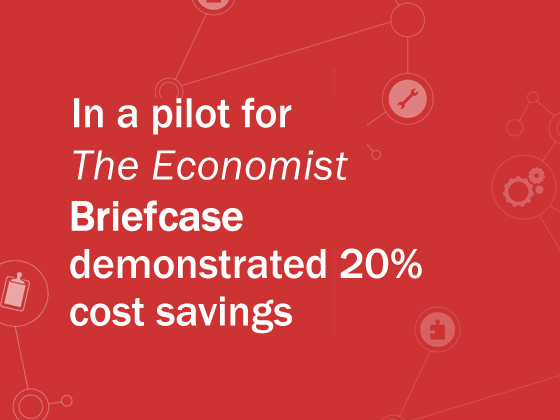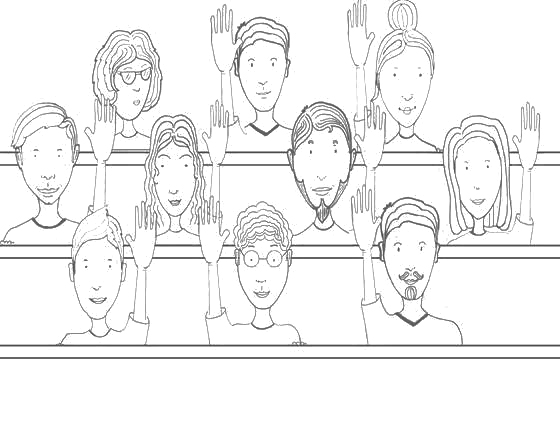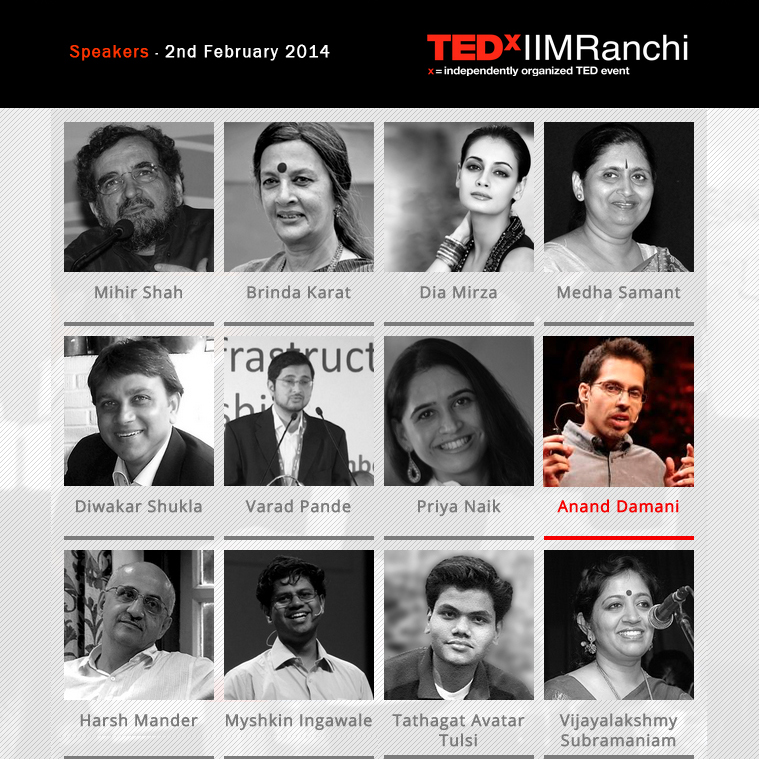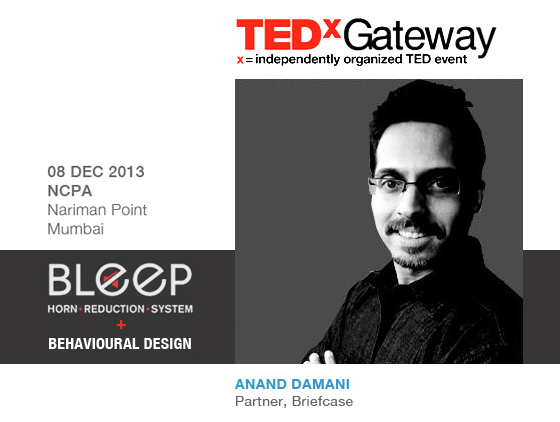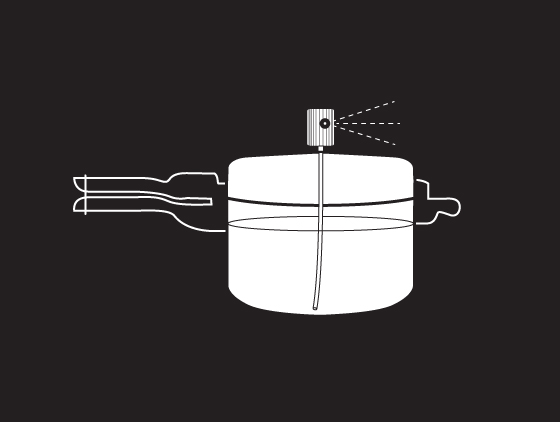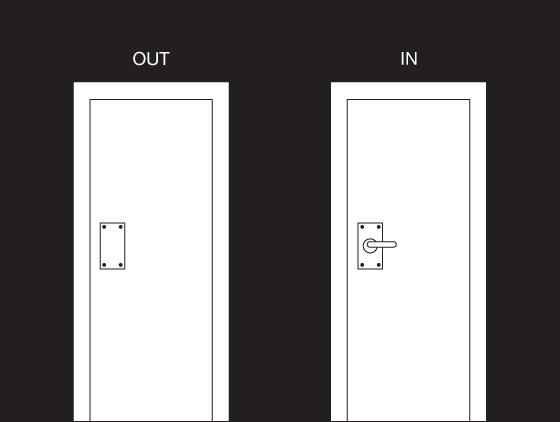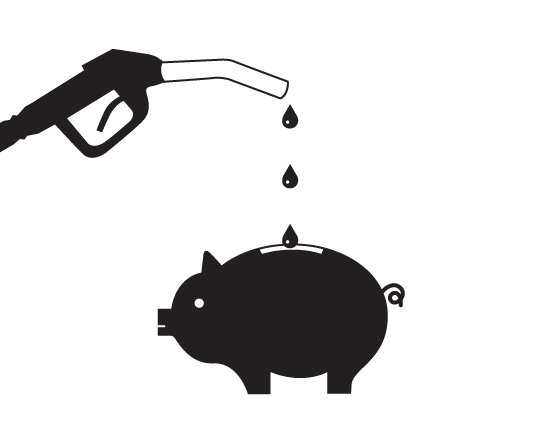 Remember being told by a kid in an ad sometime back, to switch our cars off at signals, because saving fuel meant saving money? If you didn’t, crores of tax payers money (in India), in the form of TV, radio, outdoor advertising went down the drain. Ok, so you are one of the few who do recall this message. Have you changed your behaviour? Do you now switch off your car at traffic signals? Does your driver do it? Have you asked your driver to do it? Ever?
Remember being told by a kid in an ad sometime back, to switch our cars off at signals, because saving fuel meant saving money? If you didn’t, crores of tax payers money (in India), in the form of TV, radio, outdoor advertising went down the drain. Ok, so you are one of the few who do recall this message. Have you changed your behaviour? Do you now switch off your car at traffic signals? Does your driver do it? Have you asked your driver to do it? Ever?
Most of us don’t. It’s too much effort. You would first need to switch the AC off and then turn the ignition switch off, to turn the engine off. And when the signal turns green, you gotta turn the ignition key on, get frantically honked at (we’re talking India remember), change the gear from neutral to first, get frantically honked at again, put the hand brake down, and finally get moving. Oh yes, turn the AC on again. Even if you are highly eco-conscious or highly stingy, it’s still too much effort.
Here comes the Goddess of Magic. Isis, the Greek Goddess of Magic, is the inspiration behind the name of an innovative automobile product called, the same in capital letters – ISIS – Intelligent Stop Immediate Start!
Intelligent Stop Immediate Start (ISIS) is a device, which if fitted inside your car, can save you anywhere between Rs. 500 – Rs. 2,500 for every Rs. 10,000 you spend on fuel. The way it works is that when your car comes to a halt at a traffic signal or while in stop-and-go traffic, and you put the car in neutral, ISIS switches the engine off automatically. To start the engine back, you simply have to press the clutch. No additional effort required. Solutions made keeping in mind that humans are built lazy, work well.
What about the AC you must be wondering. ISIS comes with a built-in sensor, which detects even a minor drop in cabin temperature. If ISIS detects a drop in temperature beyond what is set by the driver, it restarts the engine automatically. As per tests conducted, the cabin temperature remains constant for about 1-2 minutes when the engine is switched off. Most signals restart, within 60 seconds in any case. And if you wish to start the engine/AC at any time, you simply need to press the clutch and the engine with the AC starts again.
One more benefit of the Goddess of Magic, besides saving fuel and money – the reduction in particulate matter, hydrocarbons, nitrogen oxides, carbon monoxide, sulfur dioxide, carbon dioxide – the stuff that’s weakening our lungs.
ISIS has been developed by Indent – Dhruv Chaudhry’s company. Indent is an auto research and development company, which focuses on creating innovative auto products that, benefit the environment and improve safety. To know more about ISIS click here.
Our advice to the PCRA (Petroleum Conservation Research Association) and Mr. S. Jaipal Reddy, (Union Minister of Petroleum & Natural Gas, India) – instead of spending crores on building awareness for saving fuel via advertising, change actual behaviour by promoting products like ISIS and help India save trillions worth of fuel.
